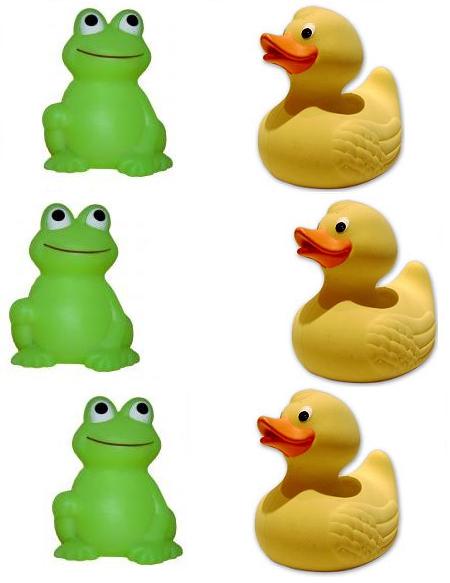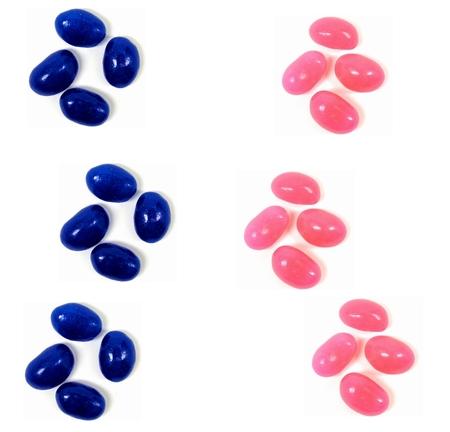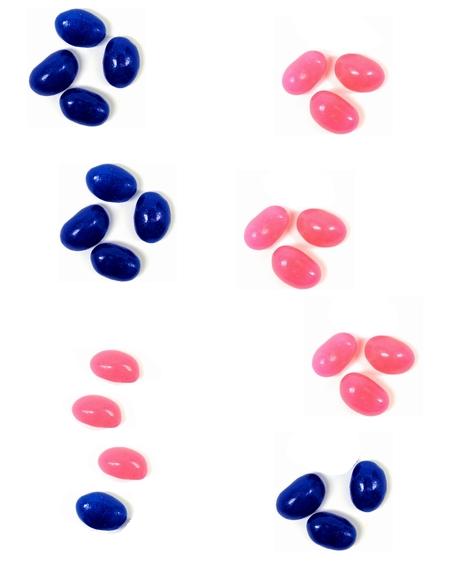Today I went to Comicon – the comics industry related festival that comes to New York but once a year. It was, as expected, overwhelming. I found my mind working overtime to understand the meaning of everything I was taking in. There is something lovely about this subculture and its inherent friendliness. The stars do not act superior to their fans – they respect the erudition and seriousness of their audience. The names of obscure and underappreciated titles and characters from days gone by are a shared obsession. You can clearly see the nested layers of passion that separate the true believers from the merely interested.
One highlight for me was seeing, in a sneak public preview, the first 18 minutes of “Watchmen” – the 1986 masterpiece of a graphic novel by Alan Moore and David Gibbons that is soon to be released as a major Hollywood film, after more than two decades of false starts. To put it mildly, I was impressed. The best way to describe what I saw is to think back on your experience watching “Batman – the Dark Knight”. If you are like most people, you divide the experience into two parts: (i) Heath Ledger as the Joker and (ii) everything else.
Heath Ledger’s performance was one of the great masterpieces of cinematic acting – something that will be rewatched and studied for many decades to come. The rest of the film, for all its sturm und drung, was a very high budget but ultimately disposable costumed superhero flick. The difference, of course, is that Ledger’s Joker really meant it. As I suggested in an earlier post, this guy was not a prancing actor in a silly costume flick, carefully winking at the audience as if to say “Don’t worry, it’s just a stupid superhero movie – something I do for money between real performances. Let’s just have a good time and get through this silliness.” The other principals – Christian Bale, Aaron Eckhart, Maggie Gyllenhaal – were clearly taking this stance. Sure, each turned in a perfectly professional performance, but you didn’t really believe any of it for a moment.
Ledger, of course, was a whole different story. His Joker was a man on fire, a howling storm of nihilism and despair, a human soul distorted by some unimaginable pain into a force of pure, inexplicable chaos. Audiences recognized that – and couldn’t get enough of it. Audiences always respond to truth – on those rare occasions when it is offered.
The first 18 minutes of “Watchmen” possesses that same deadly serious subtext that we saw in Ledger’s Joker. Sure, there is humor and wit – lots of it – but underneath the stakes are real, the losses are deeply felt, and the questions are searching and grown-up and cuttingly deep.
We might be turning a corner here. Just as film itself, in its early days, was dismissed as something lower than art, so has the superhero genre been disvalued. Enjoyable yes, wildly popular and lucrative to be sure, but something lower than art – something not be taken quite seriously. One by one, film genres have pulled themselves out of this dismissive ghetto. The western, the crime story, the urban drama, the historical drama, at some point each has produced a bona fide masterpiece that assures its place in the pantheon of literature. But not the superhero film.
At least, not until now. If the rest of “Watchmen” fulfills the promise of its first 18 minutes, everything might change. Based on what I saw today, I am hopeful.
Other than that, the highlight by far was Seth Green and friends holding forth about their delightful stop-motion parody show “Robot Chicken”. Every moment with these guys was a delirium of fun: Their rapid-fire banter, improvised jokes, spot-on impersonations. On the panel I attended today, any random thought or idea would send them off on another riff of wild improvisation. I felt happy just to be in the room – it was a little like watching Michael Jordan shooting hoops.
The best part was their description of the various bits that never got on the air, because they knew the television censors wouldn’t approve. My favorite? “G.I. Jew”.
Maybe you had to be there.




